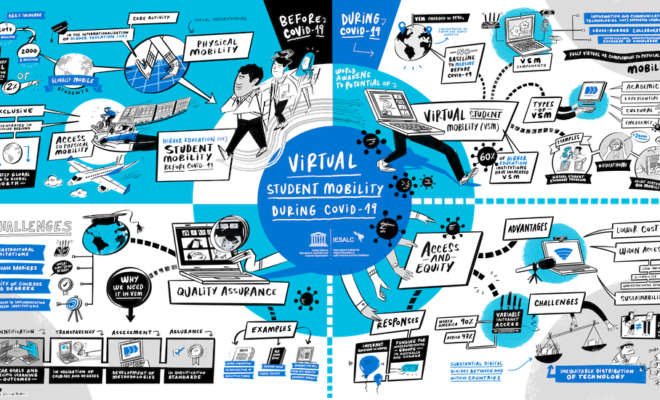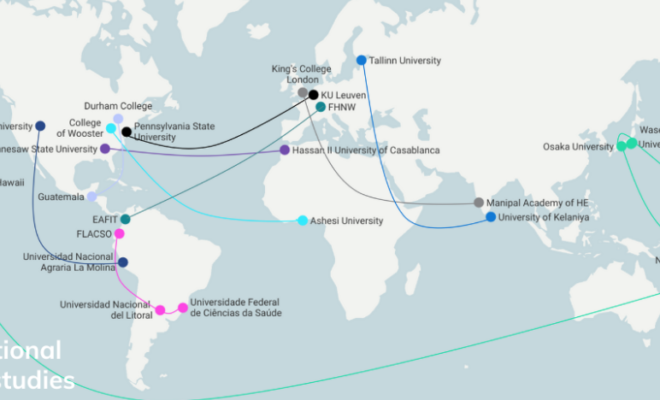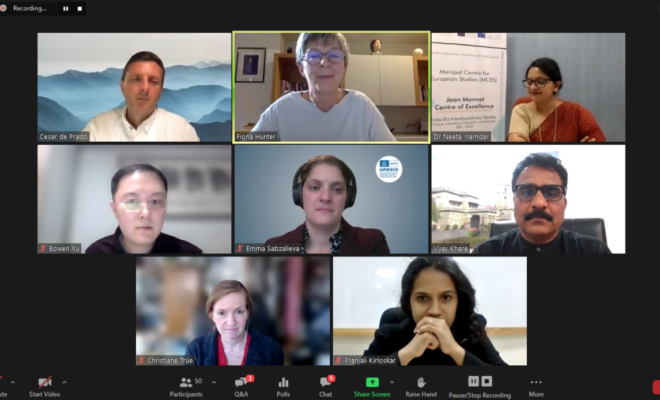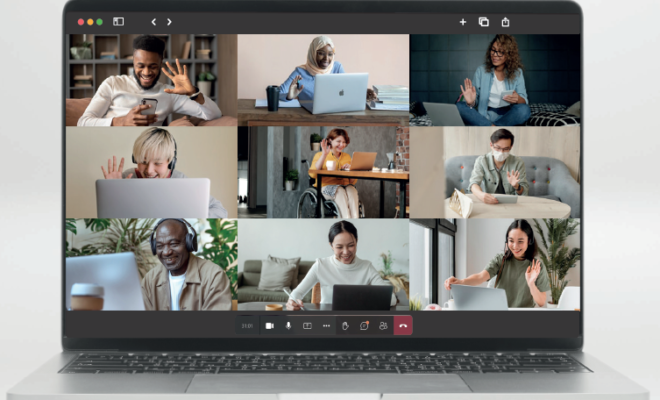About virtual student mobility in higher education

Apart from causing major disruptions to teaching, learning and research, the COVID-19 pandemic has also adversely affected many internationalization activities of universities, most notably regarding the mobility of students and staff. International student mobility is severely affected by these effects, particularly due to the closure of many university campuses as well as international travel restrictions.
One immediate response has been a major increase in interest and activity relating to virtual student mobility (VSM). VSM is the use of information and communications technology (ICT) to create cross-border collaboration that enhances intercultural understanding and knowledge exchange. These activities can take place in a fully ICT support environment and/or as a complement to physical mobility.
There are many advantages of VSM at a time when borders and campuses are closed, and over 60% of higher education institutions around the world increased their virtual mobility provision during the pandemic.[1] VSM has the potential to lower the costs associated with international travel, to expand access, and to be a more environmentally sustainable option.
However, there are also challenges in terms of equity and access to the technologies needed to fully engage in VSM as well as in assuring the quality of virtual programming. There is a risk that VSM could be seen as an inferior experience to ‘traditional’ physical mobility.
What is VSM? How is being used during the pandemic? What steps are being taken to expand access and assure quality in VSM? Watch our short animated video to find out more. To download the poster click here.
[1]https://www.iau-aiu.net/IAU-Global-Survey-on-the-Impact-of-COVID-19-on-Higher-Education-around-the
This video was part of a poster presentation in the framework of The Sustainable and Inclusive Internationalization Virtual Conference.
RELATED ITEMS








